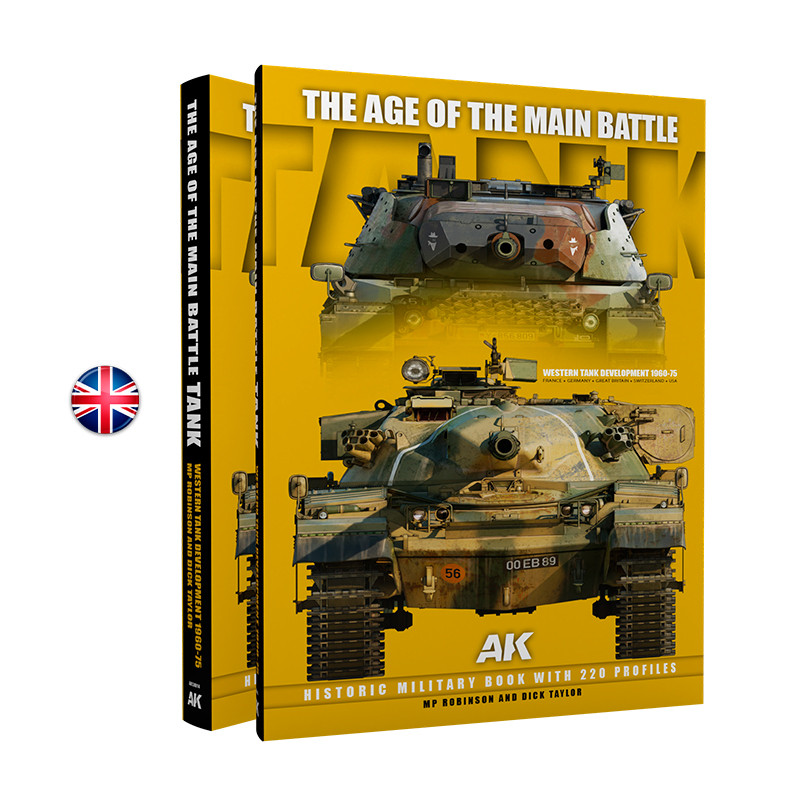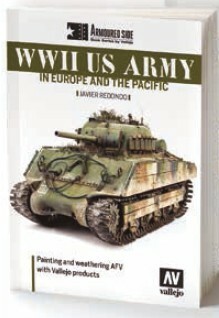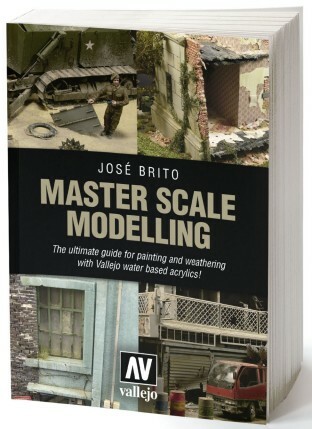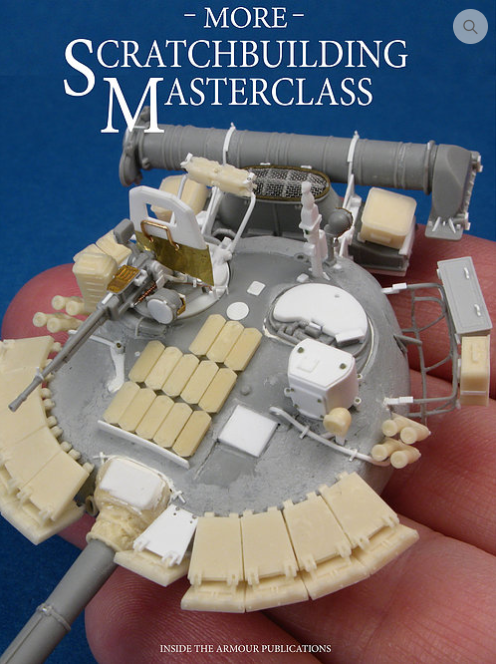 Loading... Please wait...
Loading... Please wait...Blog
Modeling WWII Light Tanks and Armored Vehicles
Posted by Glen Broman on 1st May 2025
Book Review
Modeling WWII Light Tanks and Armored Vehicles
Published by AK Publications
Reviewed by Glen Broman
Those of you that share my love of John Wayne movies will remember the classic line from the movie “The Green Berets”, when SGT Provo walks into John Wayne’s office trying to get a slot on the unit’s deployment to Vietnam. John Wayne says “I understand you’re a heavy weapons specialist”. SGT Provo responds with “not if I can find a light one sir”. I can relate to this as a tanker. I spent most of my time on tanks that weighed in the vicinity of 50 tons or more, but I did two tours on the Sheridan, a 17 ton Sports Tank. Light is good, the parts weigh less, you can go places normal tanks fear to tread (see what I did there?), and you can get out of trouble as fast as you got into it. Light is good. When I saw this book on the Last Cavalry stand at the IPMS Roscoe Turner show I picked it up.
There are builds on eleven tanks by ten authors. There is some serious firepower in the authors list, with names such as Wilder, Gazquez, Kim, Paojinda, Orczyc-Misialek, Lawler, Pulinckx, Lam and Young. The subjects are equally impressive, The Hetzer, M3 Stuart, Vickers Mark VIIB, Panzer IIF, BT-7, Semovente, Panzerbefehlswagen I, Stridsvagen M/38, Type 95 Ha Go, M22 Locust with the T-40 bringing up the rear. Yummy.
This is a softcover book with 123 pages and full color. The quality of the photos, text and captions are excellent. Each article starts with a short vehicle history and a short description of the kit and a few build notes. There are only a few photos dedicated to the builds themselves, the meat and potatoes is the description of the painting and weathering. The contents of each build are the standard step by step format. I find this an excellent way to learn new techniques, or generate some ideas to develop your own style. Having a highly retentive and unoriginal mind, the way these projects flow really helps get me into something new. I’m working on a Semovente, and I’m just at the point of starting the exterior paint and I’ll be consulting this book as I work through the painting and weathering process.
One of the more frightening things I noticed is that I have well over half of these kits in my stash, and several in more than one scale. Hopefully this book also motivates me to get a few more built and painted. As one would expect from AK Publishing, the paint and weathering products are AK, but the techniques are all adaptable to other paints and products, as well as tanks that are heavy, if that’s what trips your trigger. This is a handy book to have on your shelf to refer back to, or guide you on a project that you want to try something new on. I would say that this book is likely more beneficial to the average to experienced modeler looking to expand his or her skills.
If light tanks of World War II are your thing, I highly recommend this book. I purchased my sample from Last Cavalry. They are available at www.lastcavalry.com along with a great selection of paints and weathering products.

Book Review - American Artillery in Vietnam
Book ReviewAmerican Artillery in VietnamBy MP RobinsonReviewed by Glen BromanThis is volume 2 of the Vietnam series from AK Interactive. The first volume covered Armor, which I also have in my library. This is a large, hard bound book of 272 pages. It’s not a book you can stick in your back pocket for light [...]

The Age of the Main Battle Tank, Western Tank Development 1960-1975
Book ReviewThe Age of the Main Battle Tank, Western Tank Development 1960-1975MP Robinson and Dick TaylorPublished by AK, 2023Reviewed by Glen Broman (review copyright 2024)Back in 2020, I bought a book from Last Cavalry called “Before the Birth of the Main Battle Tank” by the same authors and published by Kagero. It covered tanks [...]

Book Review WWII US Army in Europe and the Pacific
Reviewed by Glen BromanThe subtitle for this book is “Painting and weathering AFV with Vallejo products”. I guess since this is published by Vallejo, no one should be surprised by that. So let me tell you the tale of how I came to pick up this book. I was picking up some [...]

Book Review "Master Scale Modeling" by Jose Brito
“Master Scale Modelling”“The Ultimate guide for painting and weathering with Vallejo water based acrylics”By Jose BritoReviewed by Glen BromanOne would think that with all the time spent in captivity due to the various waves of COVID, you would think I would have cranked out a small mountain of reviews by now. Well, if you [...]

Warpaint Armour #1, Armour of the Eastern Front, 1941-45, German and Soviet Armour from Barbarossa to the Fall of Berlin. Published by AV Vallejo, Edited by David Grummitt
So, I decided to brave the snow and cold to fight off a bout of cabin fever and headed Up North for the Mid-Michigan show. I always end up getting slammed with snow and a white knuckle drive home, but I don’t learn, do I? Last Cavalry was there and I was surfing his tables [...]

Book review T-54/55 to IDF Tiran 4/5. The Birth of a Bastard Tank
T-54/55 to IDF Tiran 4/5. The Birth of a Bastard TankCaptured Vehicles in IDF Service, Volume 2A Historical Review, 1967-1973 By Ma’or LevyReviewed by Glen BromanIt’s been awhile since I last posted a review on the Last Cavalry website and a small pile of books have built up waiting for my return to the keyboard. [...]

Nuts and Bolts 41 Review by James Knaus
I recently received the newest Nuts and Bolts book Bussing's schwerer Wehrmachtschlepper (sWS) armoured and unarmoured variants. If you haven't seen a Nuts and Bolts book you're missing a lot. Focused on WWII German vehicles these books are the ultimate in detail and information. Volume 41 is no different and as I've said before each new [...]

“More Scratchbuilding Masterclass” - Inside the Armour Publications Review
“More Scratchbuilding Masterclass”Chris Meddings, Alex Clark, Andy Canning, Darren ThompsonPublished by Inside the Armour PublicationsReviewed by Glen BromanJust when I thought it was safe to start scratchbuilding again, the folks at Inside The Armour Publications publish a new book that causes me to question both my skills and my sanity. Yes, it’s that good. I [...]

Arab Revolutions and Border Wars, 1980-2018 Review
Arab Revolutions and Border Wars, 1980-2018Modern Conflicts Profile Guide Volume IIIPere Valls and Zachary SexReviewed by Glen BromanSo the two or three of you that follow my reviews on the Blog will undoubtedly remember my brilliant, although somewhat ethically challenged concept of releasing a book, which gets rave reviews, but which I title “volume II”. [...]
